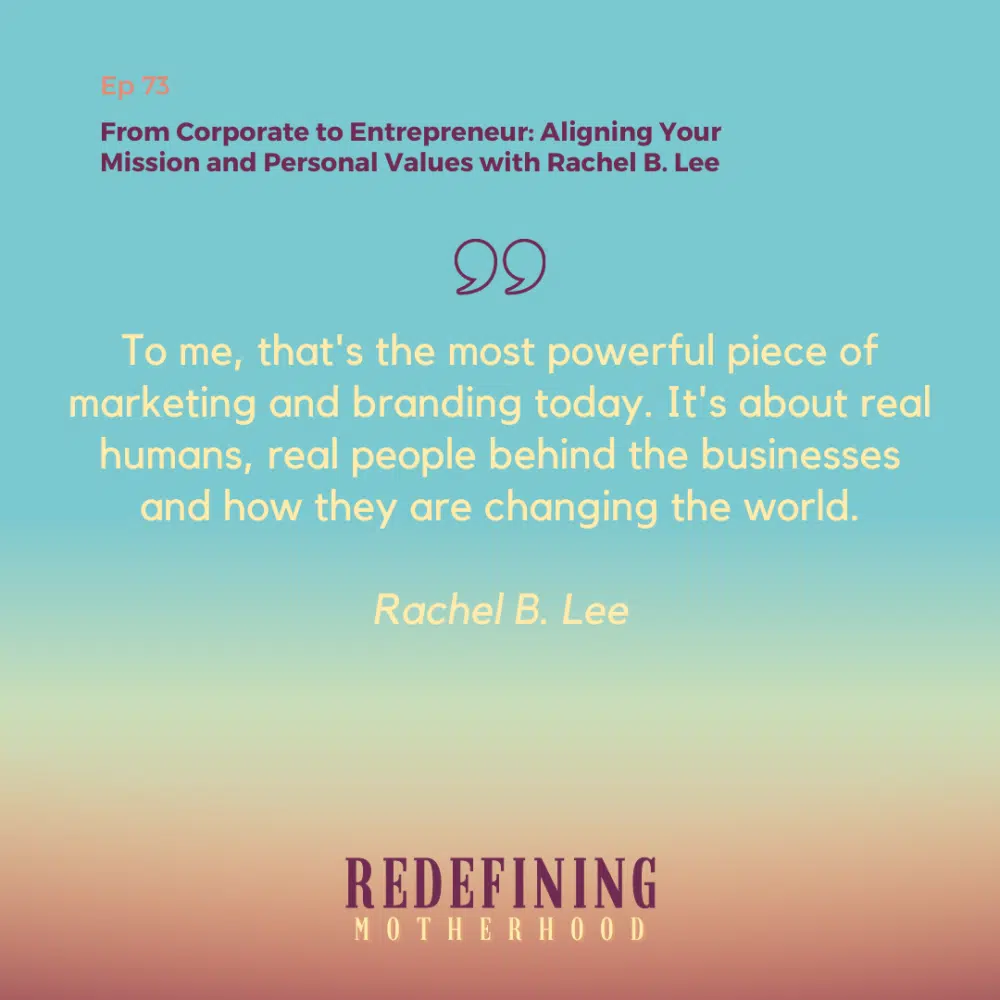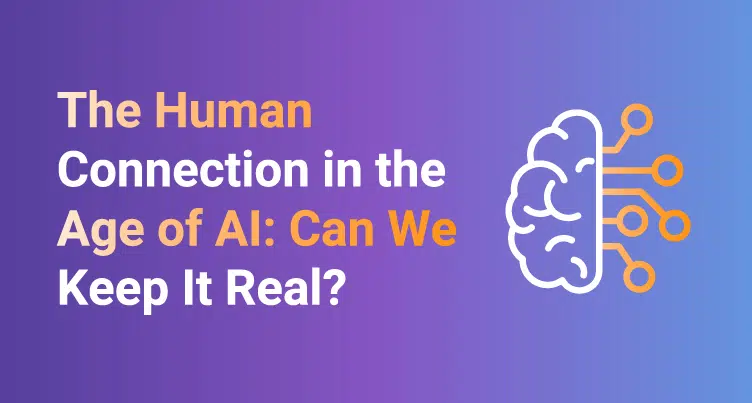
When was the last time you wrote something without using spell check or auto correct? My 12- and 14-year-old stepkids don’t even text with their fingers – they only use voice. 😜
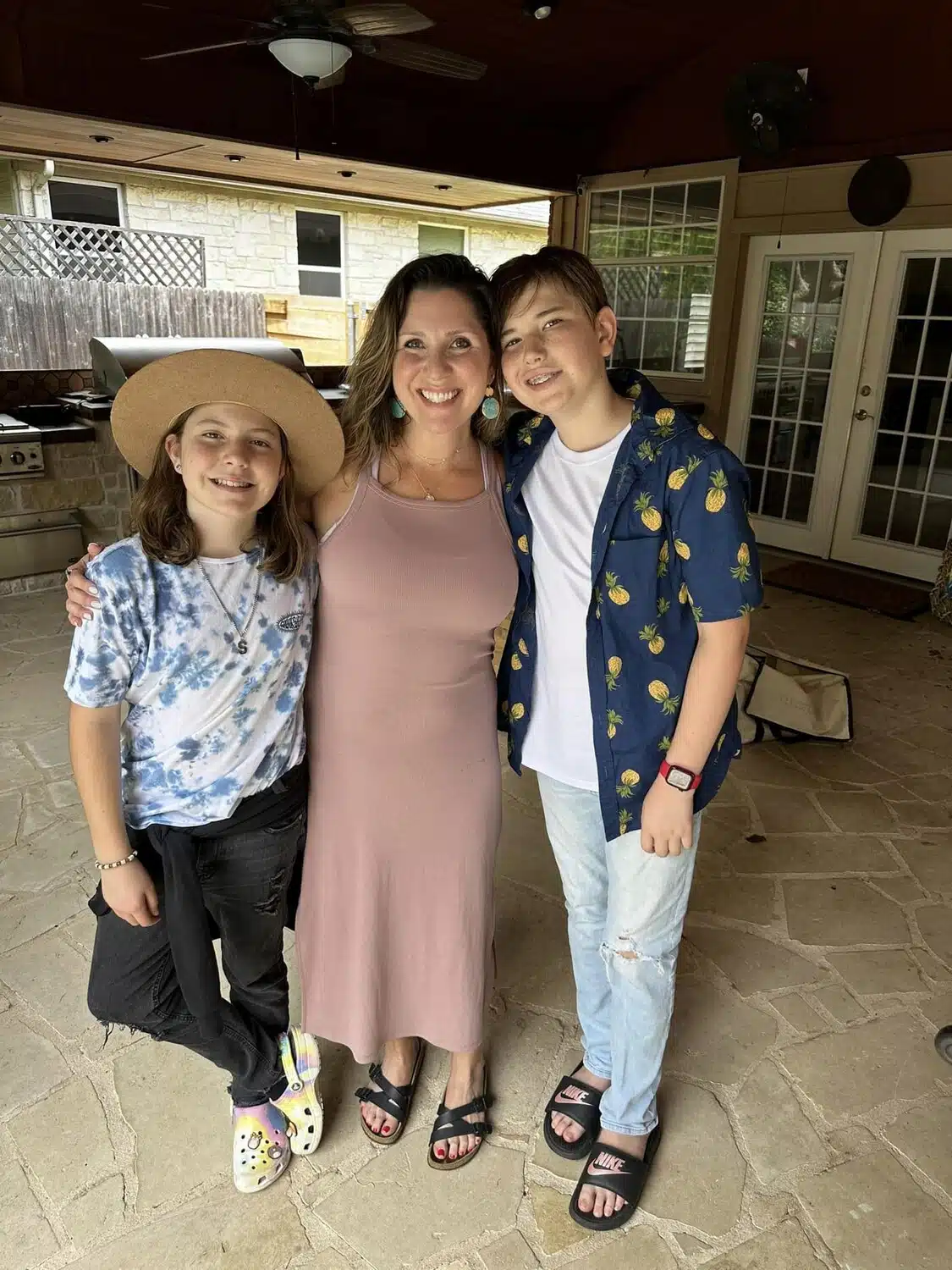
We’re in a revolutionary era, where technology is advancing at an unprecedented rate. The growth of AI-powered tools has made it easier for us to produce content, communicate with others, and automate tasks and it’s amazing…and scary.
It’s tempting to rely on these tools to get the job done quickly and efficiently. But our reliance has led to a significant decline in our communication skills.
As marketers, we’re always looking for ways to stay ahead of the curve. But in our rush to adapt to the latest technologies, we risk losing touch with our most human emotions. It’s time to strike a balance between technological innovation and creative expression.
In this edition of WERK Your Brand, let’s explore how to tap into the power of creativity in the digital age, and how to augment our skills with AI rather than letting it replace them. It’s 2024, let’s nurture the human revolution and rediscover the beauty of human connection.
The Communication Gap: Are We Losing Our Humanity?
It’s undeniable that our communication habits have undergone a significant shift. With the rise of AI-powered tools, we’re relying more on technology to facilitate our conversations. However, this shift is concerning, as it may lead to a decline in our ability to form meaningful conversations and connections. Interestingly, most people spend an average of 33 hours and 38 minutes per month on social media. As we spend more time on social media, it’s essential to consider the impact it’s having on our daily lives and relationships.
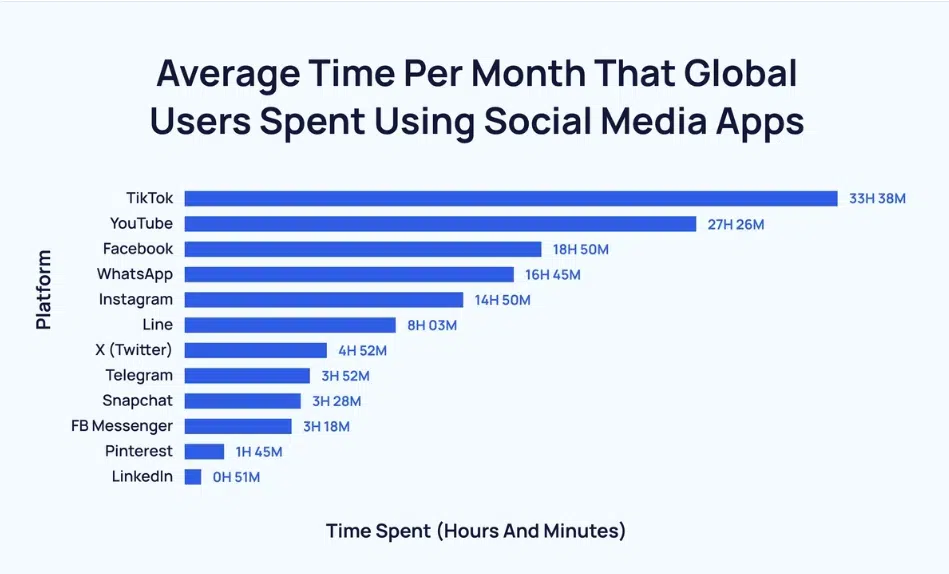
Source and Credit via Data Report and Exploding Topics
We all know that communication is key. But today, human to human conversation NOT on tech, is becoming rarer, especially among Gen Z. Gen Z is integrating AI into their daily routines, and this can be a double-edged sword, depending on how they use it. According to EMARKETER’s Social Media survey, 61% have a favorable view of AI-generated content on social media. They find AI useful for tasks like editing essays, verifying code, and planning travel. I chalk this up to AI being a ‘quick fix’, which satisfies how Gen Z’s approach communication and receiving information.
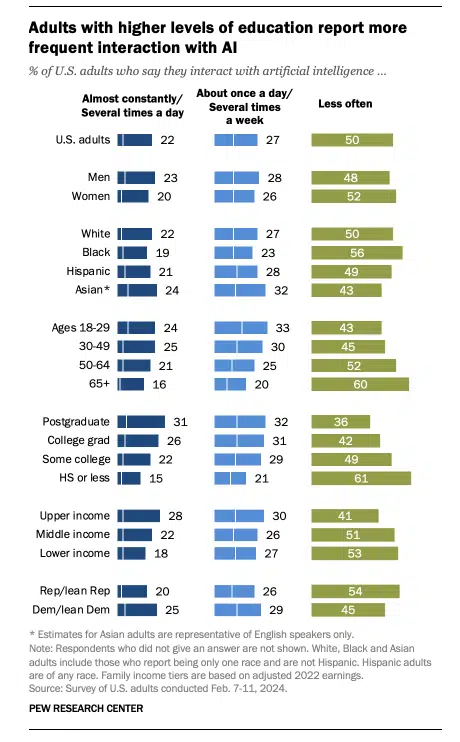
Source and Credit Pew Research
My kids, for example, rely heavily on text-to-speech and voice search, barely typing out full sentences, and I honestly can’t blame them. Most Gen Zer’s are given a smartphone by the time they’re 12 (mine got them at 10 because of our blended famiLEE situation). So, what’s the use of having the latest iPhone if you can’t use Siri or even at the bare minimum—switch on text-to-speech to send a message while your hands are free to play video games?
This trend is worrying because as we rely more on digital means to connect, our in-person interactions are decreasing. According to Ulrich Kellerer, an international speaker and leadership expert, this is a recipe for distraction and ineffective communication. In fact, as much as 93% of communication is nonverbal, which means seeing the people we’re interacting with is crucial. But with our screens becoming our constant companions, we’re missing out on those vital cues. It’s time to prioritize face-to-face interactions and focus on building stronger, more authentic connections.
Effective communication is crucial for professional success and personal relationships, because at the end of the day:
✅ Hiring managers will still require 1:1 interviews with candidates
✅ Working with any team, whether at school, sports or at work, requires daily human conversation NOT only through texting.
✅ People going on dates would still rather meet up in person than to keep chatting online, am I right? 😉
The Dangers of Over-Reliance on AI: Losing Our Communication Skills
AI is everywhere, and according to research by Exploding Topics, 77% of companies are either already using or are exploring the need for it in their business, and Pew Research reports that 55% of Americans regularly use AI. From ChatGPT drafting emails to AI-driven customer service bots, technology is reshaping how we interact. Sure, it’s convenient, but there’s a downside. Over-reliance on AI can dilute our communication skills.
AI can’t replace the human touch—the empathy, the nuance, the genuine connection we bring. We need to be cautious not to let AI become a crutch. I’ve seen too many professionals stumble because they relied too much on AI-generated content and lost their authentic voice and ability to communicate. I’ve interviewed candidates who can’t remember what they’ve written in their resumes because they let AI do all the writing for them. Let’s use AI as a tool, not a substitute.
The Human Touch: Where AI Meets Authenticity
A randomized experiment to test how AI impacts communication and social relationships revealed that, while AI tools speed up conversations, boost positive language, and make people feel closer and more cooperative—if people think you’re using AI to reply, they may view you negatively. So, while AI can enhance our communication, being too obvious about it can backfire.
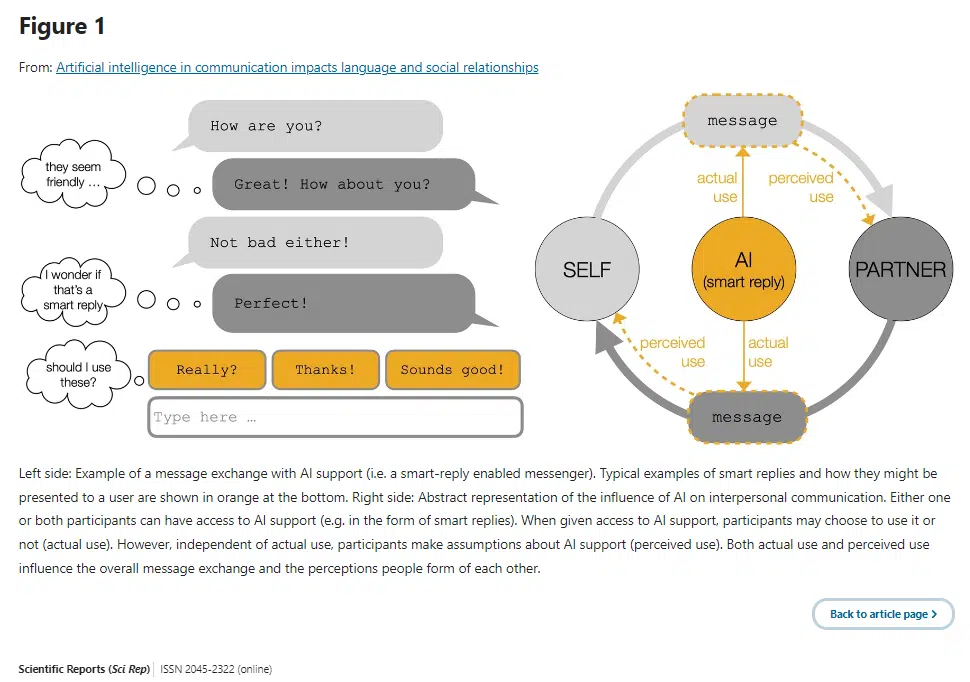
Sourced Via Nature Article
For me, I’ve been using AI to help write outlines, titles and descriptions for various presentations I do at conferences and at universities. No matter what results I get from the AI, I’m building the presentation slide by slide. I’m using my experience and thoughts to craft the story and takeaways based on who I am, and using AI to help me research, teach and validate various perspectives.
Let’s remember, it’s all about keeping it human and keeping it real!
Building and Maintaining Strong Communication Skills
So, if AI is this close to killing the way we communicate, how do we keep our communication skills sharp? Here’s some advice you can implement today:
💜 Practice writing without AI’s help:
Flex those writing muscles. Draft emails, reports, and even social media posts on your own. Try out journaling to get your mind off the computer or phone. Find your voice and stop fully relying on a machine.
💜 Engage in more in-person conversations:
Nothing beats face-to-face interactions. Make time for coffee chats, team meetings, and networking events. If you’re like us at StandOut Authority, where our team is scattered all over the world: make time at least once a month to hop on a video call (camera on) with them. The human connection is irreplaceable.
💜 Read regularly:
Read or listen to a book often, whether it’s fiction or nonfiction. This gets you focused on one story at a time and allows your imagination to work.
💜 Present your ideas:
Whether it’s to your team, a client, or a partner, practice presenting. It’s a hard skill that builds confidence and clarity. I’ve had my fair share of presentations, and trust me, practice makes perfect.
In conclusion, while AI offers incredible tools and efficiency in communication, the human touch remains irreplaceable. We must fight for real conversation and connection because no AI, post, email beats the feeling of being heard and seen by someone IRL.
Join me in the human revolution, where we reclaim our humanity and preserve the authenticity that makes our relationships truly meaningful. Let’s leverage the benefits of AI while ensuring that our communication skills remain a powerful asset in an increasingly digital world.
🎧 New Podcast Episode! 🎧 I recently sat down with Amanda Cahill on her Redefining Motherhood podcast, and we dug deep into what it means to be a successful entrepreneur and mother.
Ep 73 Redefining Motherhood
I shared my personal story of trading corporate life for entrepreneurship, journeying through being a stepmom, and navigating IVF. We explored the importance of redefining our notions of success and aligning our personal values with our work.
Want to hear more? Click here to tune in and let’s continue the conversation!
